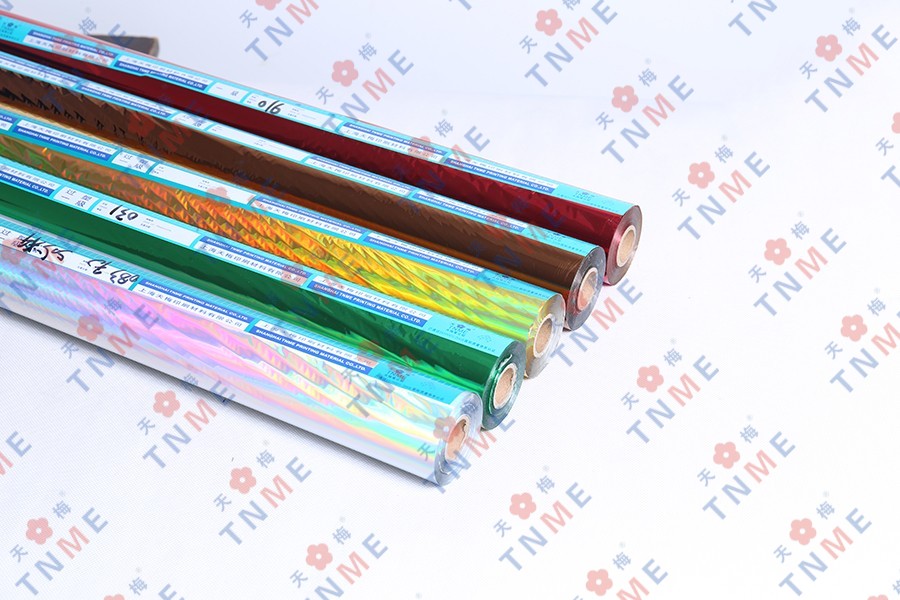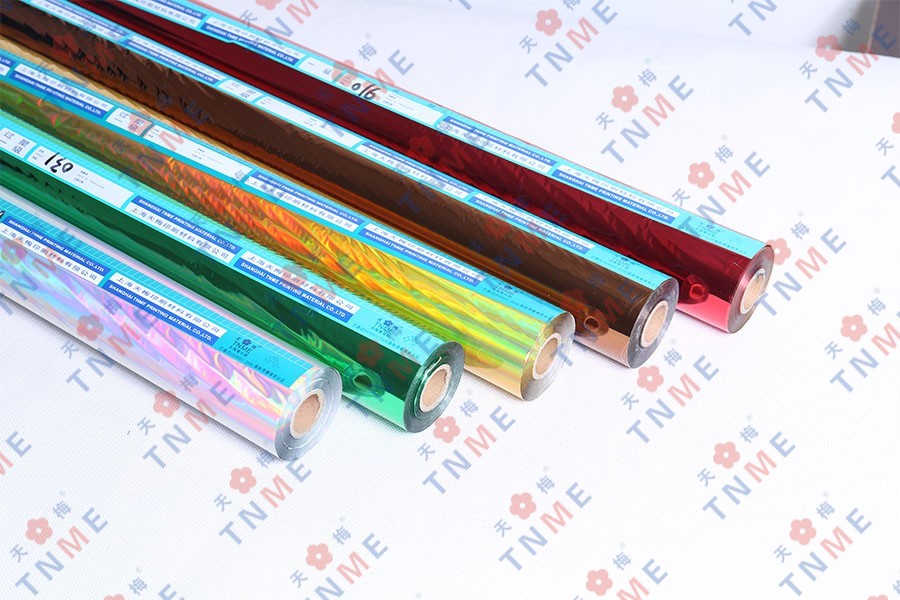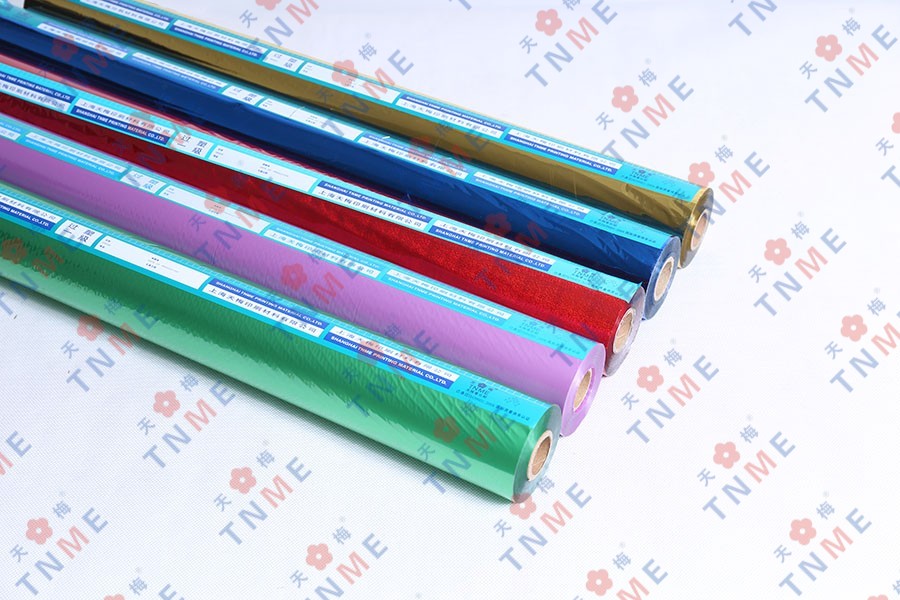How is Over Printed Foil created?
Author:admin Date:2023-07-27
Overprinting on foil is a process used in the packaging and printing industry to create eye-catching and decorative effects on various materials, including paper, plastic, and cardboard. The technique involves printing on a metallic foil, adding colors, patterns, or designs to enhance the appearance and attract attention. The result is a shiny, reflective surface with vibrant graphics that can add a luxurious and premium feel to packaging and promotional materials.


Here's a general overview of how overprinted Printed foil is created:
Design Preparation: The process begins with designing the artwork that will be printed on the foil. This artwork can include text, images, patterns, or any other desired elements. Designers typically use graphic design software like Adobe Illustrator or Photoshop to create the design.
Foil Selection: Once the artwork is ready, the appropriate type and color of metallic foil are selected. Foils are available in various colors, such as gold, silver, copper, and holographic options.
Printing Preparation: The chosen design is then transferred onto a printing plate or cylinder. Printing plates are typically made of rubber or other flexible materials, while cylinders are used in rotary printing presses.
Printing Process: The foil material is unwound from a roll and fed through a printing press. As the foil passes through the press, the printing plate or cylinder applies ink onto the foil in the desired pattern or design. The ink used is typically a UV-curable ink that adheres well to the smooth and glossy surface of the foil.
Curing: After the ink is applied to the foil, it needs to be cured or dried. UV-curable inks contain photoinitiators that react to ultraviolet (UV) light, causing the ink to harden and dry quickly. UV lamps are used to expose the printed foil to UV light, ensuring the ink sets properly.
Finishing: Once the ink is dried and the design is complete, the overprinted foil may go through additional finishing processes. This can include laminating the foil to a substrate (such as paperboard) to add durability and protection or applying coatings like varnish for extra shine and protection.
Die Cutting and Embossing: Depending on the specific packaging or print project, the overprinted foil may undergo further processing steps like die-cutting to shape the material or embossing to add raised or recessed patterns to the foil surface.
The overprinted foil can then be used in various applications, such as packaging for luxury products, labels, invitations, brochures, and other promotional materials.
It's important to note that different printing companies may have variations in their processes, and advanced printing technologies and techniques may have been developed since my last knowledge update in September 2021. However, the general steps outlined above should give you a good understanding of how overprinted foil is typically created.




 English
English 中文简体
中文简体
















